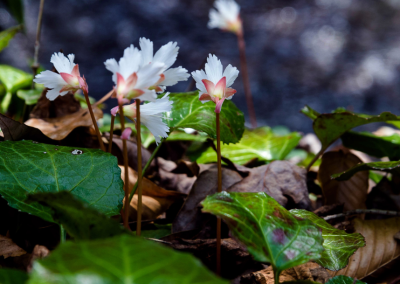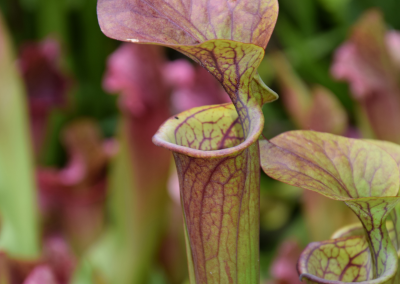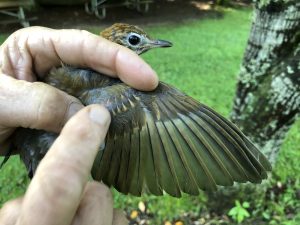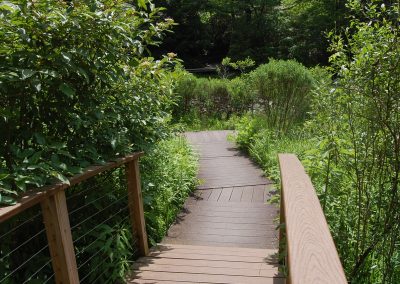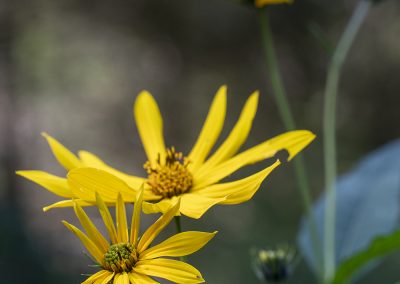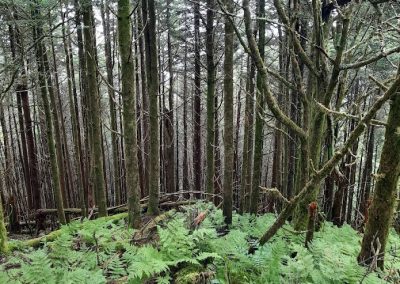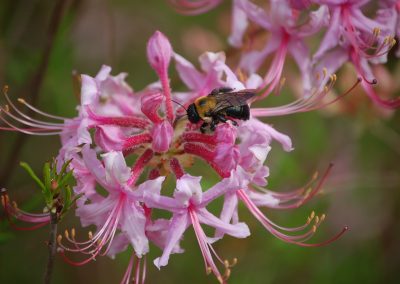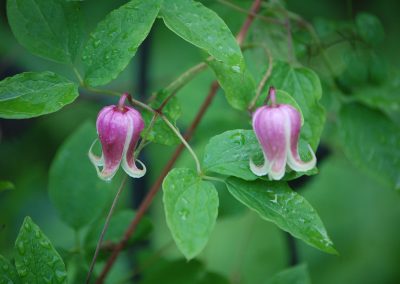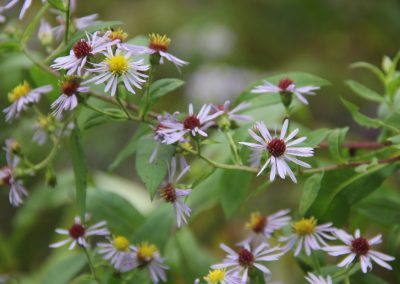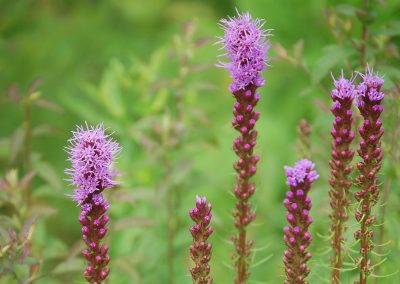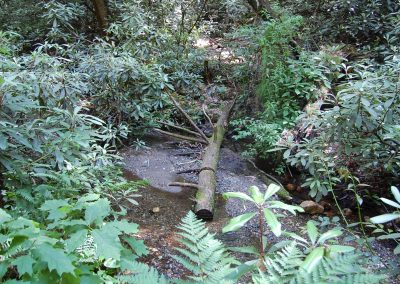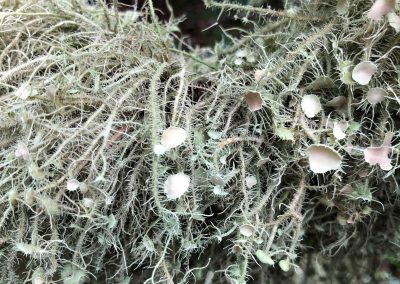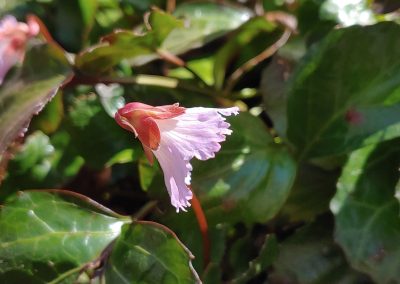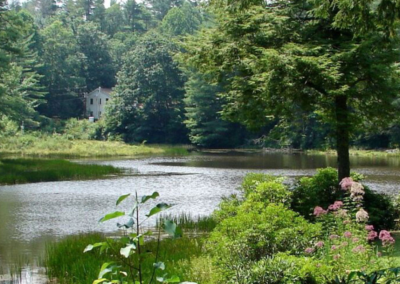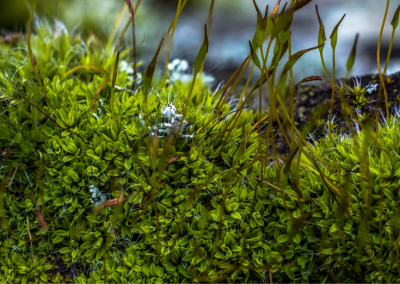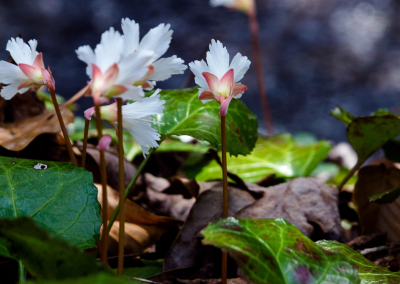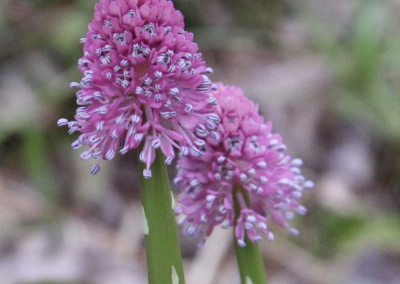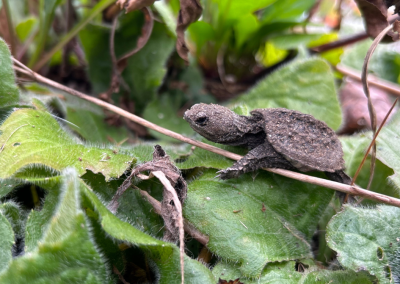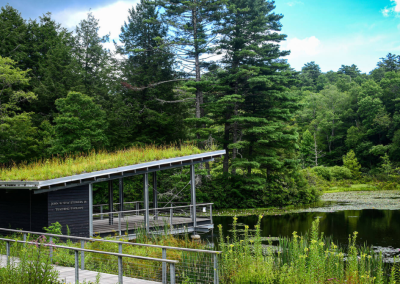Highlands Biological Station
The Botanical Gardens
The Highlands Botanical Gardens of the Highlands Biological Station is both a refuge and a living showcase for the extraordinary botanical diversity of the Blue Ridge Escarpment and surrounding southern Appalachian region. Nestled at an elevation of 3,800 feet, the historic Highlands Botanical Gardens holds the distinction of being the highest public native plant botanical garden in the Eastern United States.
Established in 1962 by visionary botanists Ralph M. Sargent, Henry Wright, Henry R. Totten, and others, the Gardens were created with a mission to support research, conservation, and education. From its modest beginnings, the Gardens have grown into a dynamic 12+ acre space that offers a glimpse into the region’s unique ecology. Today, hundreds of labeled vascular and non-vascular plants—including a rich diversity of ferns, mosses, wildflowers, shrubs, and trees—flourish here in naturalistic woodland, riparian, and wetland habitats.
Over time, the Gardens have expanded to include a variety of satellite demonstration areas that highlight specific themes and functions. These include the Appalachian Ethnobotanical Garden, which explores the traditional human uses of native plants; the serene Moss Garden, celebrating bryophyte diversity; the Homeowner’s Demonstration Garden, offering inspiration for sustainable landscaping with native plants; and the Rock Outcrop Garden, mimicking the specialized conditions of granite rock balds.
Together, these curated spaces support the Station’s broader mission of fostering a deeper public appreciation for the flora of the southern Appalachians, while also serving as a vital resource for scientific study, habitat restoration, and native plant conservation. Whether you’re a casual visitor, a gardener, or a researcher, the Highlands Botanical Gardens offer a unique and inspiring experience rooted in the rich natural heritage of this mountain region.

